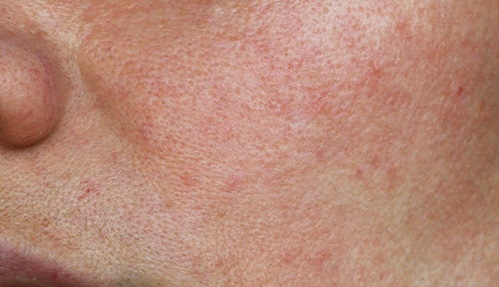How to Repair a Damaged Skin Barrier (For Indian Skin)
Simple, medical research–based guide for India’s climate

Your skin barrier is the outer layer (stratum corneum) that keeps moisture in and blocks harmful things like dust, pollution, and bacteria. In India, strong sun, heat, humidity, and indoor AC can weaken this barrier. When damaged, skin feels dry, tight, red, or irritated. Here’s how to repair it safely.
Signs your barrier is damaged
- Dryness, tightness, or rough texture
- Burning or stinging feeling after cleansing or skincare
- Redness, rashes, or dullness
- More acne/pimples than usual
Step-by-step repair
Wash with a mild cleanser
Skip harsh soaps and face washes that make your skin feel tight or squeaky-clean. Look for words like “gentle,” “pH-balanced,” “soap-free,” or “fragrance-free”on the label. Wash with lukewarm (not hot) water, once in the morning and once at night.
Moisturize with barrier-repair creams
Use creams (not gels or lotions) that contain ceramides, cholesterol, and fatty acids. These ingredients replace what your skin naturally loses. Apply 2–3 times daily, especially after bathing or washing your face.
Add hydrating ingredients
Check for hyaluronic acid or glycerin on the pack. These draw water into your skin and make it soft. In hot or air-conditioned places, layer them under your moisturizer so skin does not dry out again.
Lock it in at night
Before sleeping, apply a thin layer of petrolatum (like Vaseline)or a thick healing ointment over your moisturizer, especially on dry patches. This seals in water and helps your skin repair overnight.
Use sunscreen
Sunlight weakens your barrier. Use a broad-spectrum sunscreen SPF 30+ when you are exposed to harsh sun. For sensitive skin, choose mineral sunscreens with zinc oxide or titanium dioxide.
Pause exfoliation
Do not use scrubs or chemical exfoliants while your skin barrier is healing. Avoid products with glycolic acid, salicylic acid, or lactic acid. These can make dryness, burning, or redness worse.
Stop other strong actives
Put treatments like retinoids (retinol, tretinoin) and AHA/BHA serums on hold. Restart only when your skin feels normal again. Keeping your routine simple is the fastest way to repair your barrier.
Support from food and lifestyle
Eat foods rich in omega-3s (flaxseeds, walnuts, chia, fish) and antioxidants (fruits, green vegetables, nuts). Drink enough water and get 7–8 hours of sleep. Healthy habits make your skin stronger from the inside.